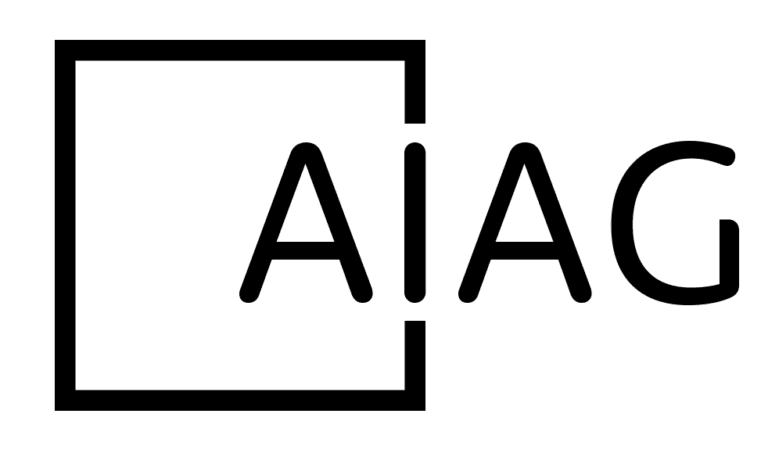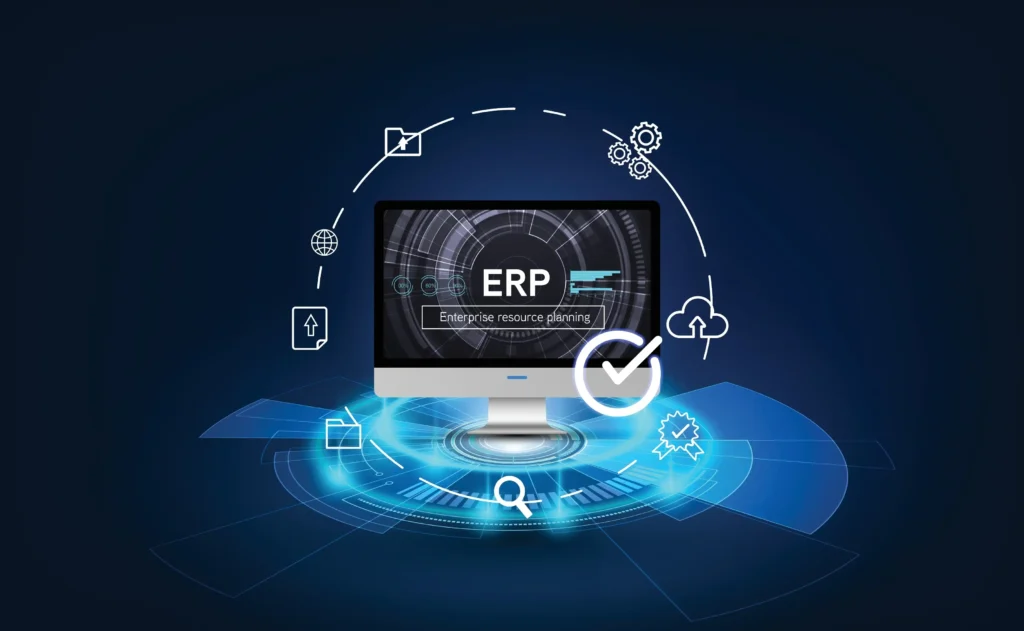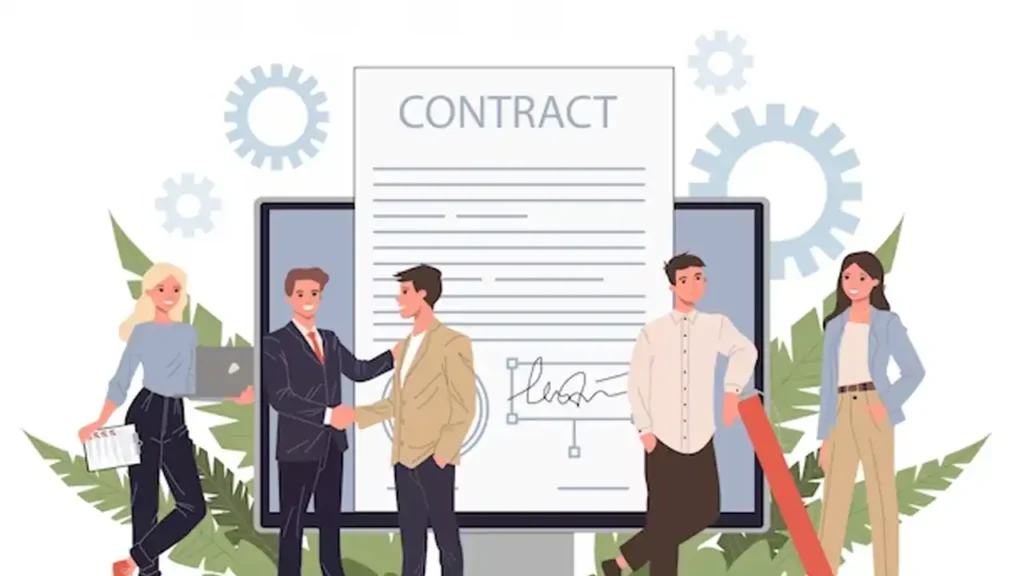The Challenge
A large enterprise company needed a custom application for project management, field inspection dispatch and reporting, job candidate matching, and financial reporting. The objective was to streamline operations, improve project costing and performance visibility, and enhance invoicing efficiency.
During the early stages of the initiative, the organization faced a pivotal Buy vs. Build decision. While an off-the-shelf solution offered faster deployment, it lacked the flexibility needed to fully support the company’s complex workflows. However, building an in-house solution presented significant financial and operational risks, requiring careful planning and strategic alignment.
Key challenges included:
Defining the Core Problem: Understanding whether a custom build was necessary or if an existing solution could be adapted.
Cross-Departmental Alignment: Ensuring IT, Operations, and Finance were aligned on the scope, feasibility, and long-term sustainability of a custom application.
Market and Customer Research: Analyzing industry trends, customer needs, and competitor benchmarks to justify the decision.
Adoption and Training: Strategizing how to onboard users and ensure successful adoption post-launch.
Ownership Transition: Developing a clear strategy for transferring system ownership from IT to operational teams.
The Approach
Given the complexity of the decision, AIAG focused on providing strategic advisory services to guide the company toward an informed and sustainable path. While AIAG did not dictate implementation, its expertise in Total Experience Thinking ensured that all facets—people, process, and technology—were considered in decision-making.
Key elements of AIAG’s approach included:
Feasibility Study & ROI Analysis: Conducted a cost-benefit analysis comparing commercial solutions against a custom-built platform to highlight time and financial investment considerations.
Market & Competitive Research: Evaluated similar solutions in the industry to determine whether a build-from-scratch approach was justified or if a configuration-based solution would suffice.
MVP Roadmap Development: Defined a phased approach to development, ensuring that the Minimum Viable Product (MVP) solved the most critical problems first and avoided scope creep.
Adoption & Training Strategy: Provided recommendations on how to align training with real-world use cases, ensuring that employees could quickly adapt to the system.
Communication Bridge Across Teams: Worked with key stakeholders to align IT, Finance, and Operations, ensuring that expectations, deliverables, and long-term ownership were well-defined.
The Solution
By leveraging data-driven insights and a structured strategic approach, the company was able to make a confident and informed decision to move forward with a custom-built application. While the final implementation was outside AIAG’s direct scope, AIAG’s contributions positioned the company to execute effectively.
Key strategic outcomes included:
Clearer Path to MVP: A defined scope for initial rollout that addressed the most pressing operational challenges first.
Cross-Team Buy-In: Aligned leadership and stakeholder teams on long-term ownership, training, and adoption strategies.
Cost & Time Savings: Identified efficiencies in the development process that minimized wasted resources and ensured a focused build strategy.
Future-Proofing the Solution: Ensured that the application was structured in a way that allowed for scalability and long-term operational efficiency.
The Outcome
While implementation challenges remained, the organization entered development better prepared to tackle obstacles ahead. The success of this initiative was not just in the final product but in how the company was able to:
Accelerate Decision-Making: The advisory process cut down on wasted deliberation time, allowing the company to move forward with confidence.
Reduce Risk of Cost Overruns: By focusing on a structured MVP and feasibility analysis, the company mitigated the risk of budget overages.
Improve Team Collaboration: The process encouraged stronger communication and alignment across departments, reducing friction between IT, Operations, and Finance.
Conclusion
This success story highlights the critical role of Total Experience Thinking in enterprise technology decisions. By ensuring that strategy, execution, and adoption were considered from the start, the company was better positioned to develop a solution that truly met its needs. More importantly, this experience reinforced the value of expert advisors like AIAG in bridging communication gaps, aligning stakeholders, and navigating the complexities of large-scale digital initiatives.





